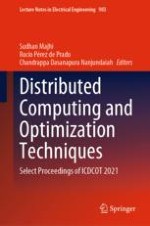2022 | OriginalPaper | Chapter
Web Vulnerability Detection: The Case of Cross-Site Request Forgery Using Classification and Regression Trees
Authors : Rajendra Gurram, P. Dhanunjaya Babu, Adusumalli Sai Tejaswi, Chattu Sai Ganesh, Karlaputi Narendra
Published in: Distributed Computing and Optimization Techniques
Publisher: Springer Nature Singapore
Activate our intelligent search to find suitable subject content or patents.
Select sections of text to find matching patents with Artificial Intelligence. powered by
Select sections of text to find additional relevant content using AI-assisted search. powered by
